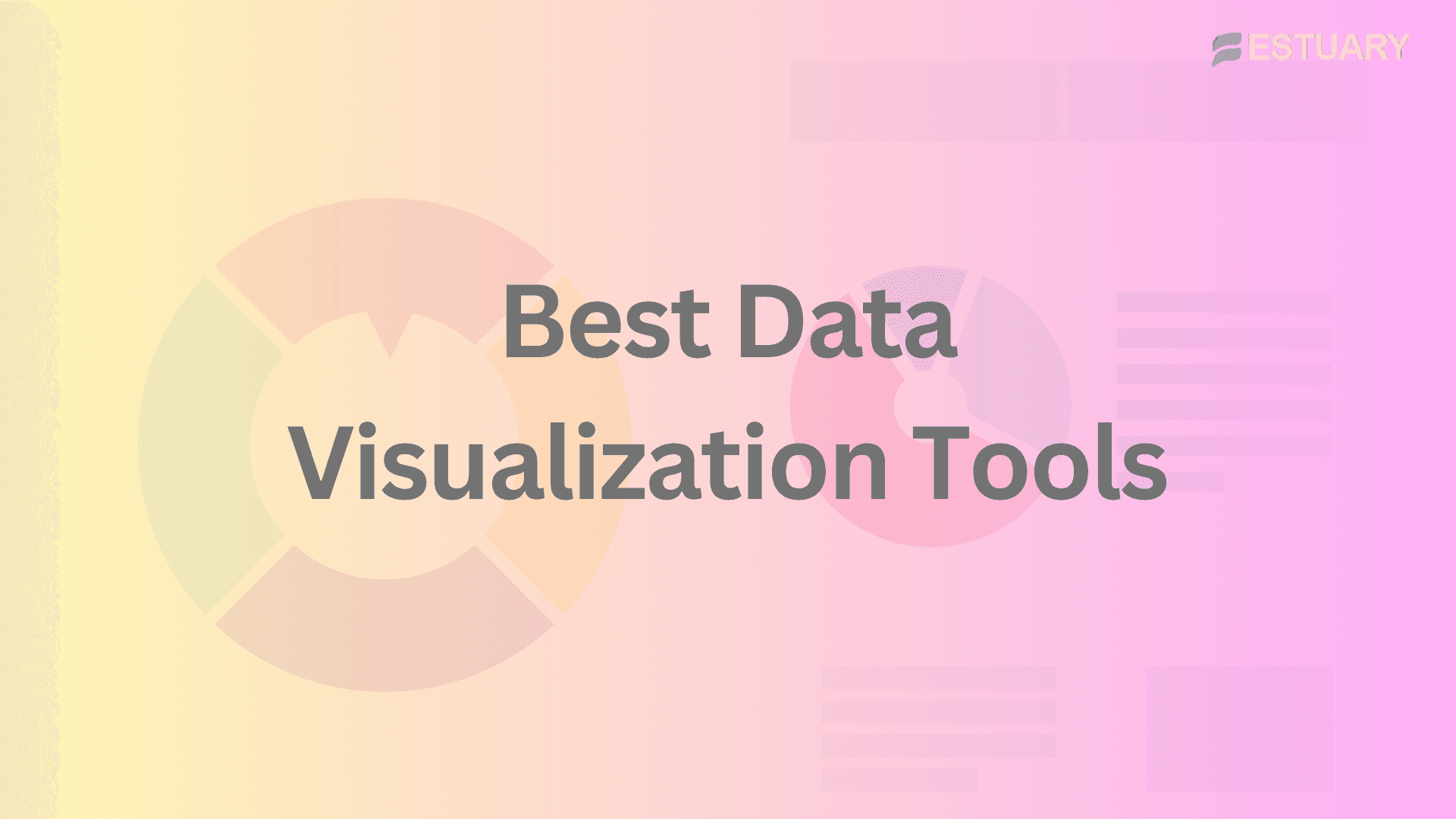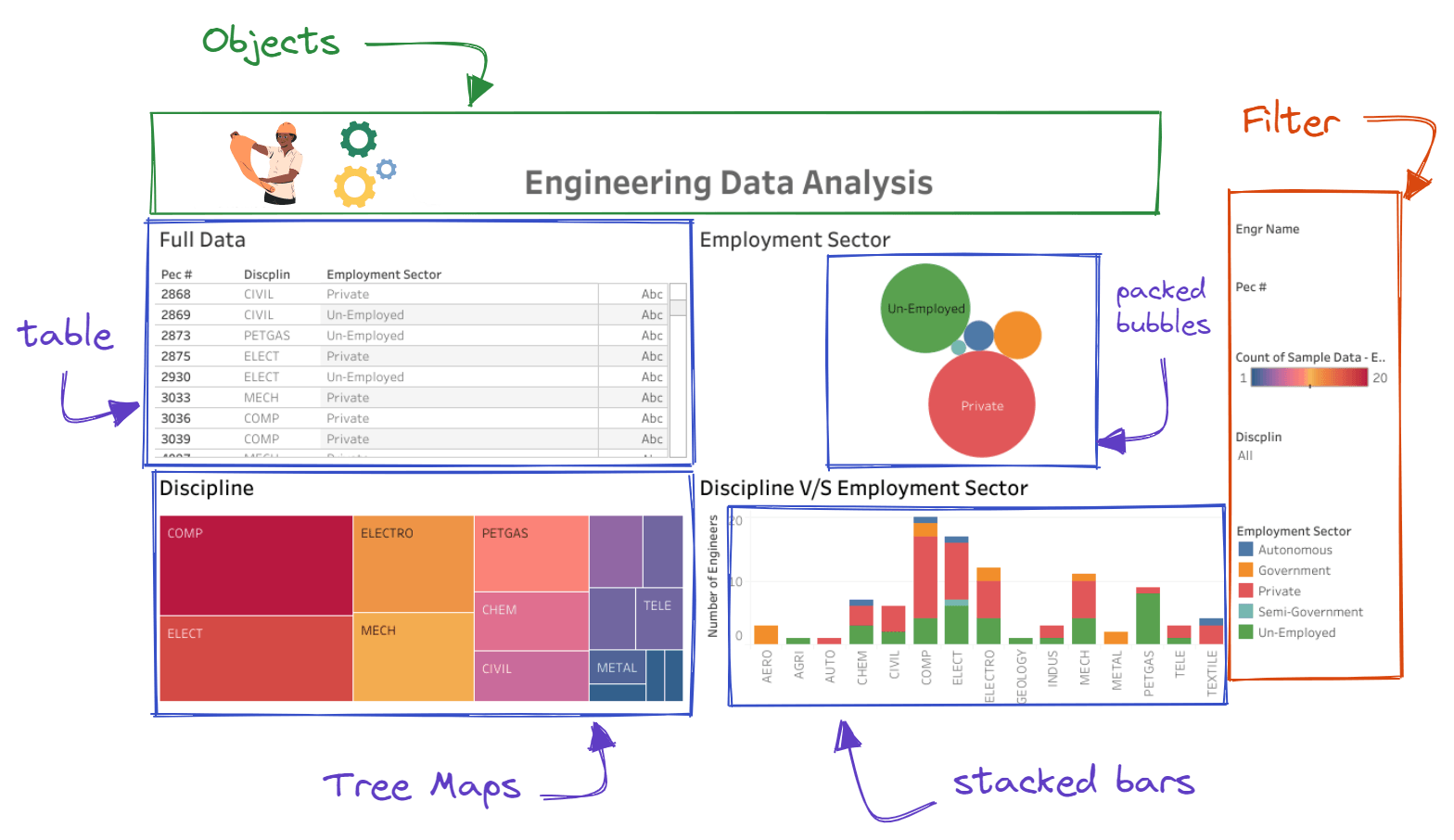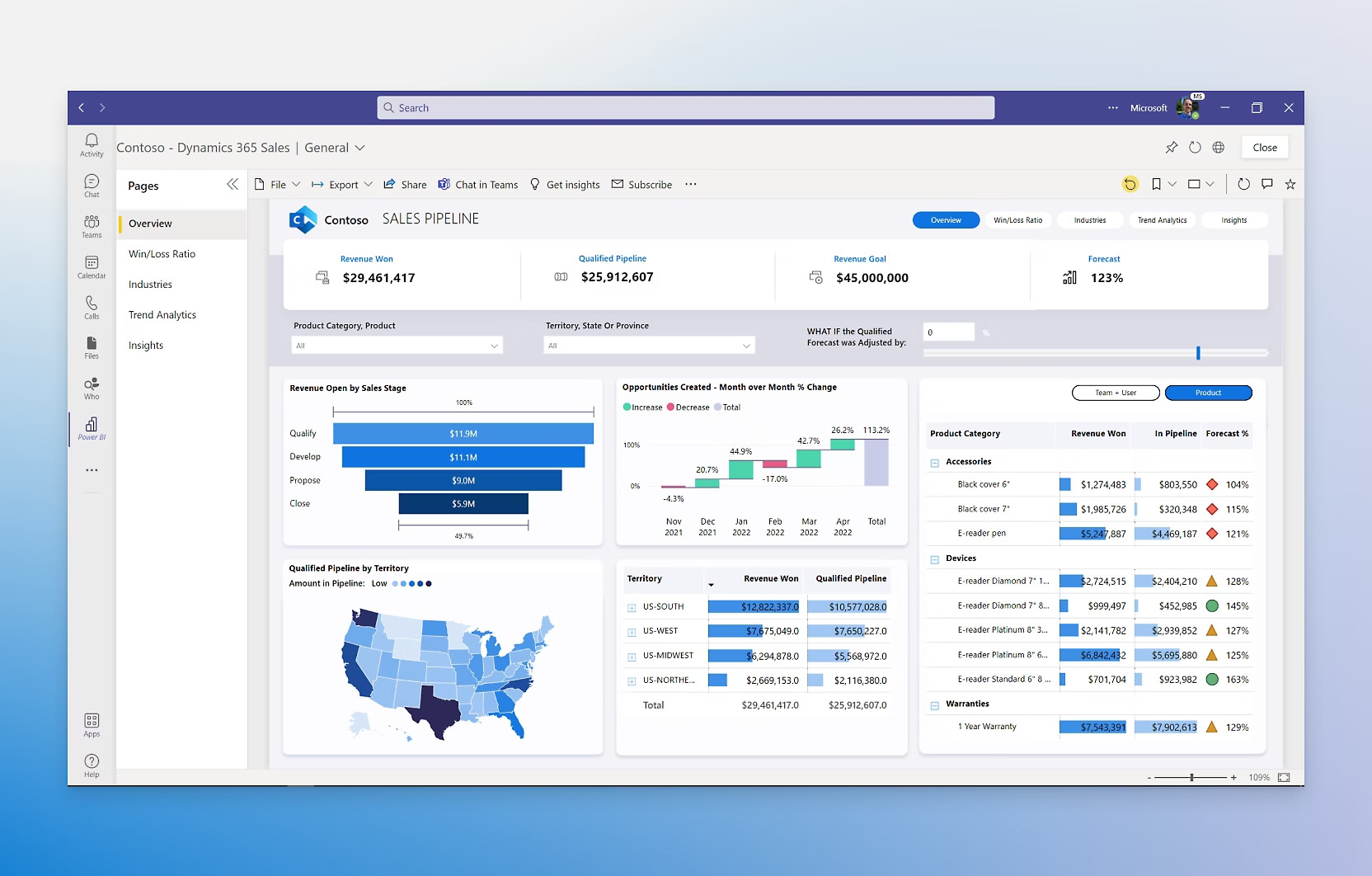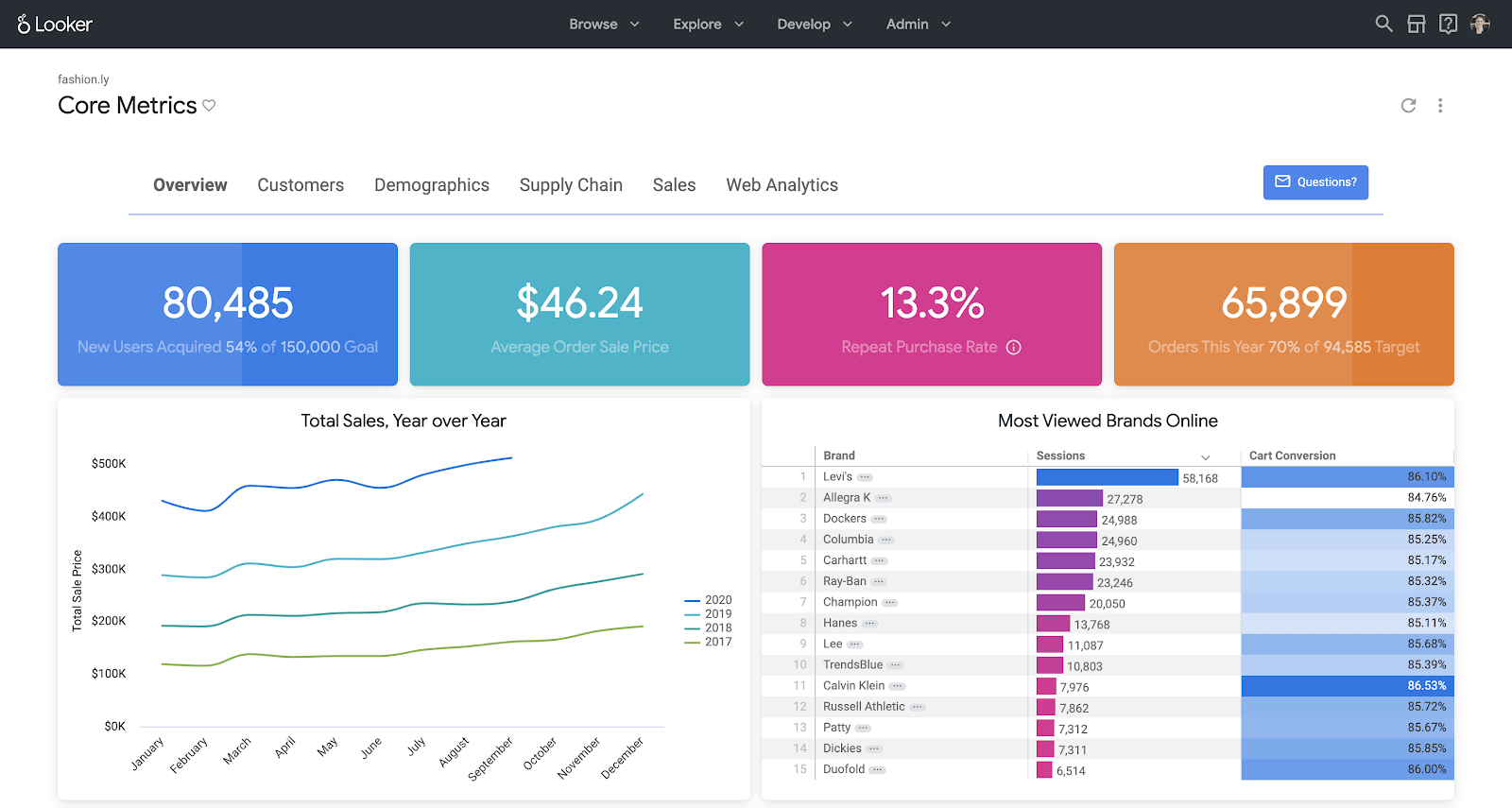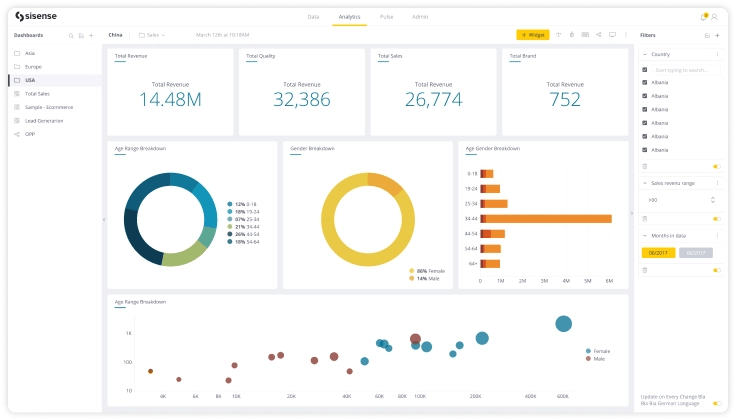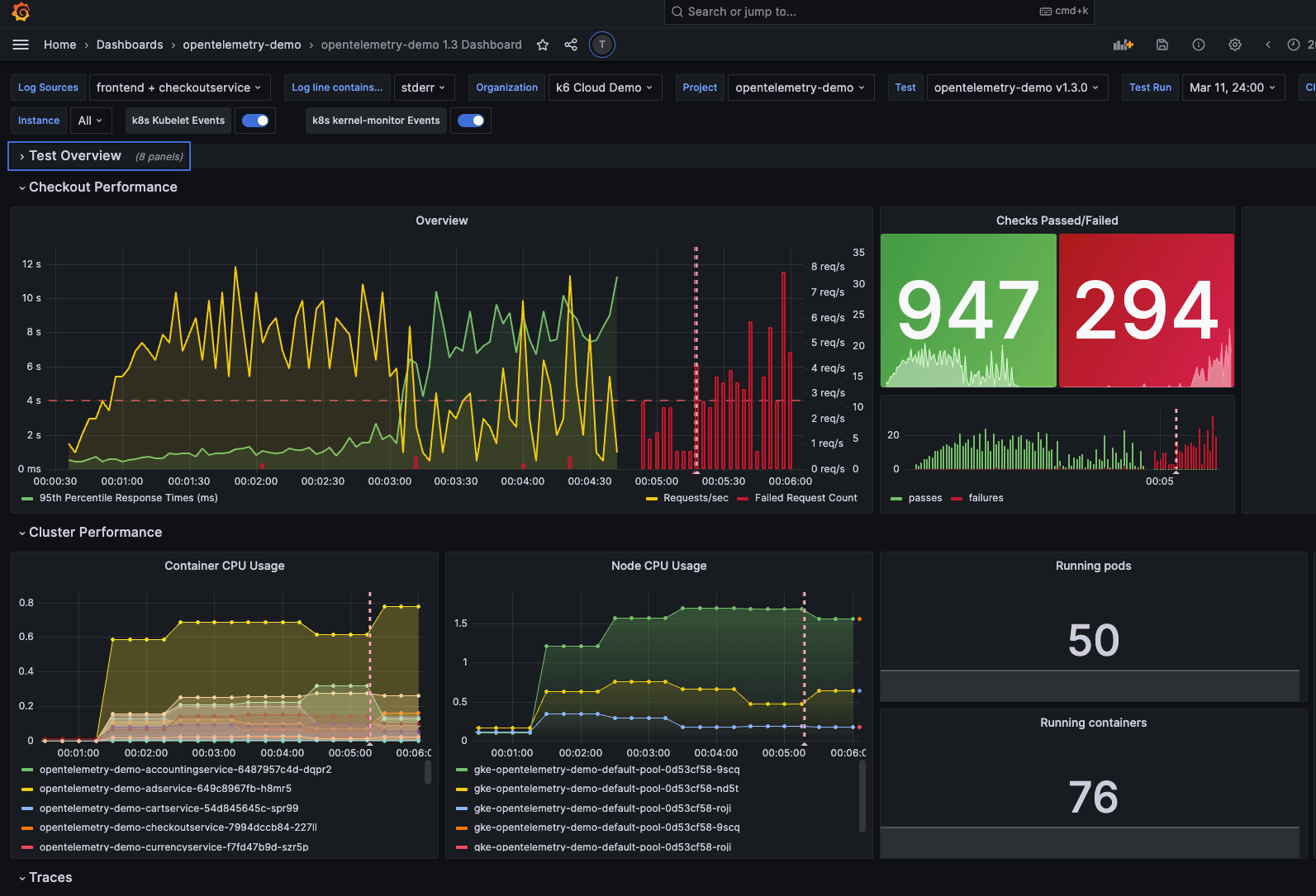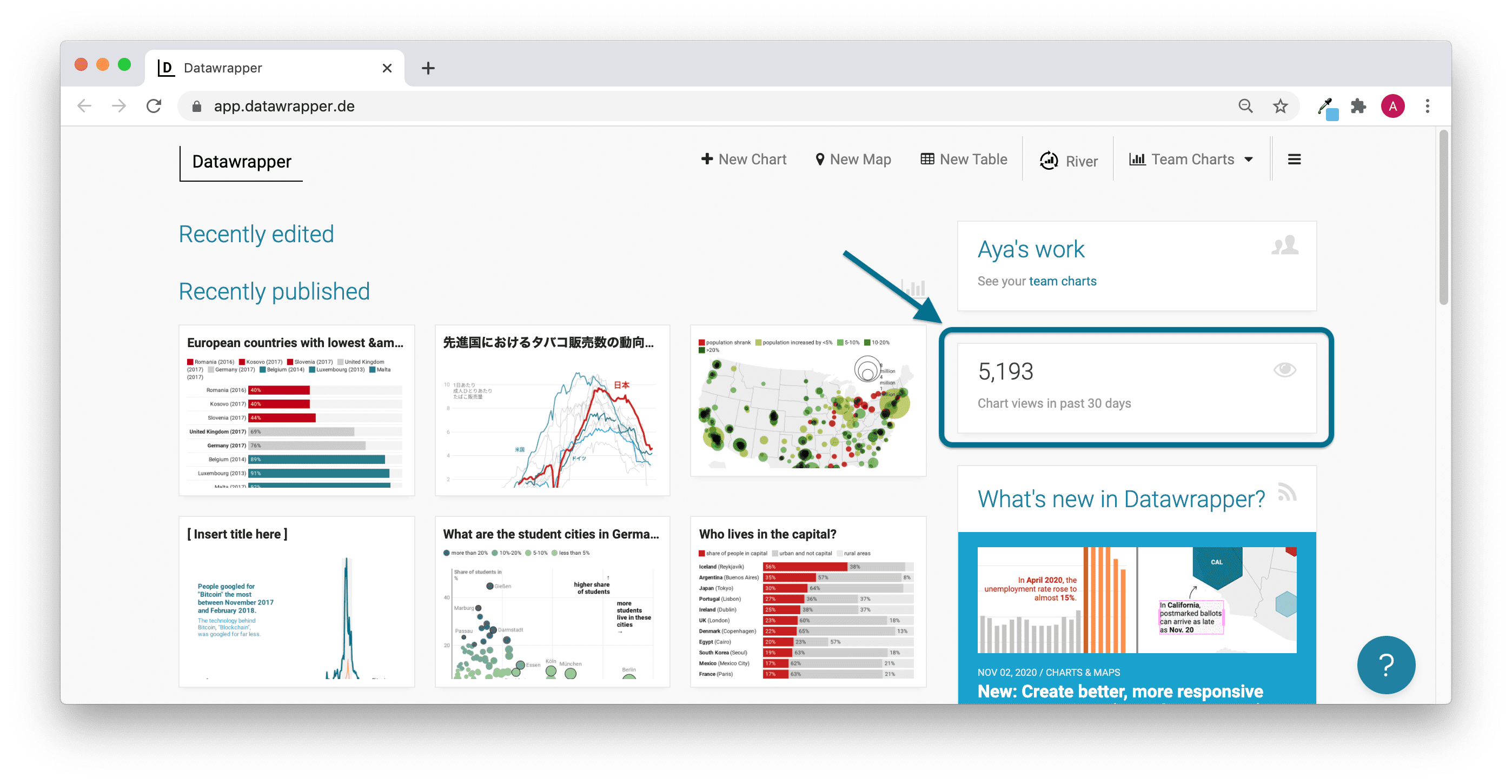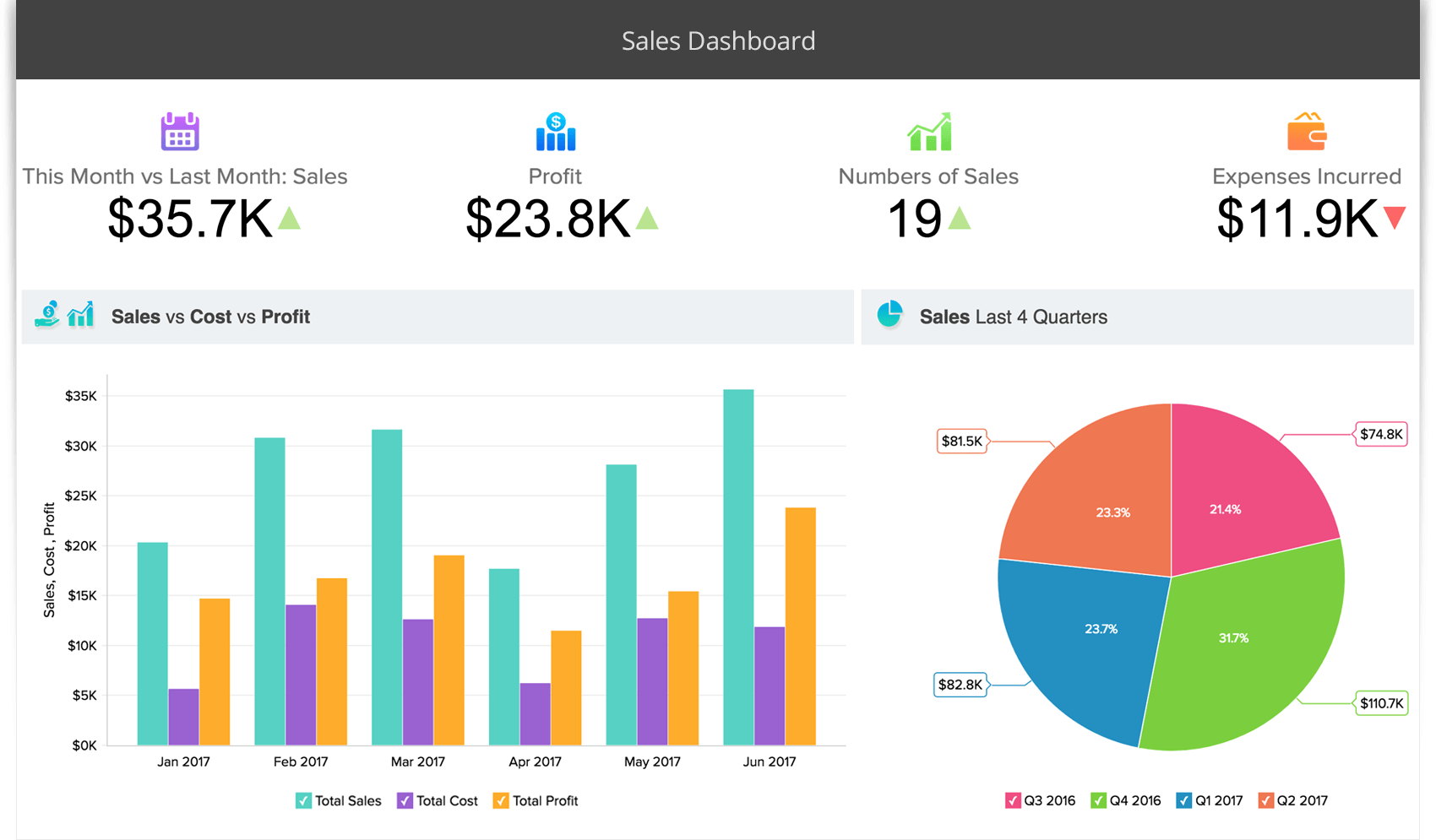
Data visualization emerges as a beacon of clarity, transforming complex data sets into visually compelling narratives that empower decision-makers to act swiftly and confidently. The demand for cutting-edge data visualization tools is on the rise, promising to revolutionize how businesses interpret and utilize their data.
This article will explore the top tools for data visualization, delving deeper into the features, pros, cons and use cases. In this article, we will cover the top data visualization tools for 2025, including Tableau, Power BI, Looker, Qlik Sense, and more, to help you choose the best solution for your data-driven decision-making needs. From user-friendly interfaces to advanced analytics, these tools offer a wide range of options to cater to your specific business requirements.
So, without further ado, let's dive into the world of data visualization and discover the tools that will shape the future of data-driven decision making.
What is Data Visualization?
Data visualization translates data into visual elements such as charts, graphs, and maps. It helps decision-makers see analytics visually, enabling them to grasp difficult concepts or identify new patterns. With the volume of data increasing exponentially, effective visualization tools are essential for extracting meaningful insights.
Top 9 Tools for Data Visualization
Now that you have a good understanding of data visualization, let’s unleash the full potential of your data with these innovative tools designed to bring clarity to the most complex data sets.
Here is a list of the top Data Visualization tools:
1. Tableau
Tableau is renowned for its intuitive interface and robust visualization capabilities, making it a top choice for data professionals. This tool helps users create interactive and shareable dashboards that make complex data easy to understand. Tableau’s strength lies in its ability to transform raw data into visually appealing and informative graphics, facilitating better decision-making processes.
Key Features:
- Dynamic Dashboards: Create interactive visuals with drill-down capabilities, data filtering, and modification features. This feature is particularly useful for identifying trends and anomalies within large datasets.
- Enhanced Data Reliability: Tableau Catalog offers comprehensive data cataloging and metadata to ensure data accuracy and trust. This feature is essential for organizations that prioritize data governance and compliance.
- Data Exploration: The Explain Data feature simplifies the process of defining relationships within datasets, making it easier to uncover key insights. By automatically generating explanations for data points, users can quickly uncover key insights without extensive data manipulation.
Pros:
- User-friendly interface: Tableau’s drag-and-drop functionality makes it accessible for users with varying levels of technical expertise, allowing even non-technical users to create sophisticated visualizations.
- Robust community support: Tableau boasts a large and active user community, providing a wealth of resources, forums, and tutorials that enhance the user experience and facilitate learning.
Cons:
- High cost: Tableau’s licensing fees can be a barrier for small to medium-sized businesses, making it less accessible for organizations with limited budgets.
- Steep learning curve: While the interface is user-friendly, mastering Tableau’s advanced features and functionalities can require significant time and effort, especially for users new to data visualization.
Use Cases: Tableau is widely used across industries such as finance, healthcare, and retail to create interactive and shareable dashboards.
2. Power BI
For businesses utilizing Microsoft products, Power BI offers an integrated and robust solution for data visualization, enhancing their analytics capabilities. This tool offers real-time data visualization and seamless integration with other Microsoft products, making it a versatile option for businesses of all sizes.Power BI enables users to transform raw data into insightful reports and dashboards that can be easily shared across the organization, fostering a culture of data-driven decision-making.
Key Features:
- Data Connectivity: Enables connections to diverse data sources, including Excel spreadsheets, cloud databases, and on-premises systems. This flexibility ensures that businesses can leverage existing data infrastructure without significant overhauls.
- User-Friendly Interface: Tailored for both novice and experienced users, offering simple data modeling to complex analytics.
- Power Query: This feature enables users to perform Extract, Transform, Load (ETL) data processing efficiently. With Power Query, users can filter, pivot, group, and manipulate text data, streamlining the data preparation process.
- Automated Updates: Schedule data refreshes to automate pipeline updates, reducing the need for manual intervention. This feature minimizes manual intervention by scheduling regular data refreshes, ensuring that reports and dashboards always display the latest information.
Pros:
- Affordable: Compared to many other analytics tools, Power BI offers a cost-effective solution, making it accessible for businesses of all sizes.
- Seamless integration with Office 365: The integration with Microsoft Office 365 enhances productivity by allowing users to work within familiar applications and share insights effortlessly.
Cons:
- Limited in-depth analytical capabilities
Use Cases: Power BI is ideal for businesses looking to leverage real-time data visualization and integration with existing Microsoft tools. It’s particularly beneficial in sectors such as finance, where real-time insights into financial performance are crucial, and in retail, where sales data can be analyzed to optimize inventory and marketing strategies.
Checkout some best Power BI Dashboards
3. Looker
Looker, now part of Google Cloud, has revolutionized data exploration with its modern interface and robust data modeling capabilities. This tool enables teams to collaborate on data analysis, making it easier to uncover insights and make data-driven decisions. Looker’s unique approach to data modeling allows users to define metrics and dimensions in a centralized manner, promoting consistency and accuracy across reports.
Key Features:
- Data Exploration and Collaboration: Looker provides robust tools for data exploration, allowing teams to dive deep into datasets collaboratively. Users can create shared reports and dashboards, fostering a culture of data-driven decision-making across departments.
- Google Cloud Integration: As part of the Google Cloud ecosystem, Looker seamlessly integrates with various Google services, enhancing data processing and storage capabilities. This integration allows businesses to harness the power of Google’s infrastructure for scalable data analytics.
- Customizable Dashboards: Looker enables users to design and customize dashboards tailored to specific business needs. This flexibility ensures that stakeholders can access the insights most relevant to their roles.
Pros:
- Modern interface: Looker’s user-friendly and visually appealing interface makes it easy for users to navigate and interact with data, reducing the learning curve for new users.
- Strong data modeling: The tool’s robust data modeling capabilities allow organizations to define metrics and dimensions centrally, ensuring consistency in reporting and analysis.
Cons:
- Steeper learning curve: While Looker is powerful, its advanced features may require more time to master, particularly for users unfamiliar with data modeling concepts.
- Higher cost: Looker’s pricing can be a consideration for smaller organizations, as it may be more expensive compared to other visualization tools.
Use Cases: Looker is extensively used in tech companies and startups for detailed data exploration and collaborative analytics. It’s particularly effective in environments where teams need to share insights quickly and work together on data-driven projects, such as product development and marketing analysis. This expanded content provides a more comprehensive overview of Power BI and Looker, highlighting their unique features, advantages, and specific use cases in various business contexts.
4. Qlik Sense
Qlik Sense stands out in the crowded field of data visualization tools with its innovative associative data model and AI-driven insights. This platform allows users to explore data freely and uncover hidden patterns without being restricted by query-based tools. Qlik Sense empowers users to make data-driven decisions by providing a comprehensive view of their data landscape.
Key Features:
- Associative Data Model: Unlike traditional hierarchical data models, Qlik Sense's associative model allows users to navigate through data intuitively. This feature enables users to explore data from multiple angles, revealing insights that may not be apparent through linear queries.
- AI-Driven Insights: The tool leverages artificial intelligence to provide contextual insights, helping users understand their data more intuitively. This functionality enhances the user experience by suggesting relevant data points and trends based on user interactions.
- Self-Service Data Exploration: Qlik Sense empowers users to conduct self-service data exploration and analysis without relying on IT departments. This flexibility allows business users to create their own reports and dashboards, fostering a culture of data independence.
Pros:
- Flexible data exploration: Users can easily interact with their business data in a non-linear fashion, making it easier to identify trends and correlations.
- Strong analytics capabilities: Qlik Sense offers robust analytical tools that support complex calculations and visualizations, making it suitable for advanced data analysis.
Cons:
- Performance issues with large datasets: Some users report performance slowdown when they are working with large datasets, which can prevent and impact real-time analysis.
Use Cases: Qlik Sense is used in industries like healthcare, manufacturing, and logistics to uncover hidden insights and make data-driven decisions.
5. Kibana
Kibana stands out with its real-time data visualization and integration with Elasticsearch. It’s a powerful tool for those who need advanced filtering and querying capabilities. It is widely used in IT and cybersecurity for monitoring and analyzing large-scale data in real-time, making it an essential tool for organizations that require advanced filtering and querying capabilities.
Key Features:
- Data Visualization: Kibana offers a diverse range of visualization options, from basic charts to complex heat maps and pie charts. This variety allows users to choose the best representation for their data.
- Elasticsearch Integration: Designed to work seamlessly with Elasticsearch for real-time data processing and visualization.
- Dashboard Creation: Allows for the creation of customized, shareable dashboards to meet specific business needs.
- Kibana Lens: This user-friendly feature provides a drag-and-drop interface for data exploration and visualization, simplifying the process for users with varying levels of technical expertise.
- Alerts and Notifications: Set up alerts and notifications based on specific data conditions or thresholds.
Pros:
- Powerful search and analytics: Kibana's integration with Elasticsearch provides powerful search capabilities, enabling users to analyze vast amounts of data quickly.
- Open-source: As an open-source tool, Kibana offers flexibility and a strong community for support and development.
Cons:
- Requires technical expertise: While Kibana is powerful, it may require a certain level of technical knowledge to set up and configure effectively.
- Can be challenging to configure: Setting up and integrating with Elasticsearch can be difficult, especially for organizations lacking dedicated IT resources.
Use Cases: Kibana is commonly used in IT and cybersecurity for monitoring and analyzing large-scale data in real-time. Its ability to visualize data from various sources makes it invaluable for security teams looking to identify potential threats quickly.
6. Sisense
Sisense brings speed and performance to the forefront with its in-chip analytics and embedded capabilities. This tool is designed to handle large volumes of data quickly, making it a go-to for high-performance analytics.
Key Features:
- In-Chip Analytics: Sisense leverages in-chip technology to accelerate data processing and analytics, allowing users to analyze large datasets quickly without compromising performance.
- Embedded Analytics: This feature enables organizations to embed analytics capabilities directly into their applications, providing users with seamless access to insights within their existing workflows.
- User-Friendly Interface: Sisense is designed to be accessible for both technical and non-technical users, making it easy for teams across the organization to leverage data insights.
Pros:
- High performance: Sisense's architecture allows for rapid data processing, making it suitable for organizations that need to analyze large datasets in real-time.
- Scalable: The platform can scale to accommodate growing data needs, making it a suitable choice for rapidly expanding businesses.
Cons:
- Complex setup: Initial setup can be complex, particularly for organizations without prior experience in data analytics tools.
- Higher cost: Sisense may come with a higher price tag compared to other tools, which can be a consideration for budget-conscious organizations.
Use Cases: Sisense is favored in industries like e-commerce, telecommunications, and healthcare for its scalable and high-performance analytics. In e-commerce, for example, it can analyze customer behavior and sales trends to optimize marketing strategies and improve customer experiences.
7. Grafana
Grafana stands out as a versatile open-source tool, renowned for its extensive flexibility and customization capabilities. It excels in real-time monitoring and is highly favored by DevOps and IT operations teams that require immediate insights into system performance and health. Grafana's ability to visualize data from multiple sources allows organizations to create comprehensive dashboards that provide a holistic view of their operational metrics.
Key Features:
- Data Connectivity: Supports a wide range of data sources for comprehensive data analysis, including relational databases, time-series databases, and cloud services, enabling comprehensive data analysis across different platforms.
- User-Friendly Interface: Features a simple and intuitive interface for creating and customizing dashboards.
- Powerful Query Editor: Grafana’s query editor allows users to write and execute complex queries, providing the flexibility to analyze data in depth. This feature is crucial for users who need to extract specific insights from large datasets.
- Alerts and Notifications: Set up alerts and notifications to stay informed about critical data changes.
- Plugins and Extensibility: Offers a variety of plugins to extend functionality and integrate with other tools.
Pros:
- Cost-Effective: Being open-source, Grafana is a budget-friendly option for organizations looking to implement powerful data visualization without significant costs.
- Highly Flexible: The extensive customization options allow users to tailor dashboards to meet specific operational needs, making Grafana suitable for diverse use cases.
Cons:
- Requires technical knowledge: While the interface is user-friendly, setting up and configuring Grafana to its full potential may require some technical expertise.
- Limited out-of-the-box features: Users may need to invest time in customizing the tool to get the most out of it, as it does not come with extensive pre-built dashboards.
Use Cases: Grafana is widely used in DevOps and IT operations for real-time monitoring and analytics. It is particularly effective for tracking system performance, application metrics, and infrastructure health, allowing teams to respond quickly to issues as they arise.
8. Datawrapper
Datawrapper is a user-friendly tool designed for quick and easy data visualization. It’s particularly popular among journalists and non-technical users for its simplicity and speed.
Key Features:
- Ease of Use: Datawrapper allows users to create visualizations without any coding skills, enabling them to import data easily from CSV files or Google Sheets. This accessibility is a significant advantage for users who may not have a background in data analysis.
- Wide Range of Visualization Options: Supports various chart types, including bar charts, line charts, maps, and scatter plots.
- Responsive Design: Datawrapper ensures that visualizations adapt to different screen sizes, making them easy to share and embed across platforms, including websites and social media.
- Real-Time Data Integration: Allows for real-time data updates, ensuring that visualizations reflect the most current information.
- Security and Collaboration: Datawrapper provides robust security measures and collaboration features for team-based projects.
Pros:
- User-friendly: The intuitive interface allows users to create visualizations quickly, making it ideal for those who need to produce graphics on tight deadlines.
- Quick setup: Users can get started with minimal setup time, allowing for rapid deployment of visualizations.
Cons:
- Limited advanced analytics features: While Datawrapper excels in visualization, it may lack some of the advanced analytical capabilities found in more robust analytics platforms.
Use Cases: Datawrapper is popular in media and journalism for creating quick, effective data visualizations.
9. Zoho Analytics
Zoho Analytics combines AI-powered analytics with an easy-to-use interface, making it a strong contender in the data visualization space. Its affordability and ease of use are major pluses.Its affordability and user-friendly design appeal to small to medium-sized businesses looking for effective analytics solutions without breaking the bank.
Key Features:
- AI-Powered Analytics: Zoho Analytics leverages artificial intelligence to provide advanced analytics and predictive insights, helping users identify trends and make data-driven decisions.
- User-Friendly Interface: Designed to be easy for all users, regardless of their skill level.
- Integration with Various Data Sources: Zoho Analytics supports integration with multiple data sources, including cloud applications and databases, enabling comprehensive analysis across different platforms.
Pros:
- Affordable: Zoho Analytics offers competitive pricing, making it an attractive option for organizations with budget constraints.
- Easy to Use: The intuitive interface allows users to create reports and dashboards quickly, facilitating faster insights and decision-making.
Cons:
- Limited advanced features: While Zoho Analytics is user-friendly, it may not offer the depth of features found in more specialized analytics platforms, which could be a limitation for advanced users.
Use Cases: Zoho Analytics is ideal for small to medium-sized businesses looking for cost-effective and user-friendly analytics solutions.
Conclusion
In 2025, the need for effective big data visualization tools is more critical than ever. Each tool listed here offers unique features and benefits tailored to different needs and industries. When selecting a big data visualization tool, it's crucial to consider factors such as budget, scalability, and ease of use. While some tools may require a higher initial investment, their long-term benefits in terms of improved decision-making and operational efficiency can be substantial. Similarly, scalability is a key consideration as businesses grow and their data needs evolve.
Stay ahead of the curve by leveraging these powerful tools to transform your data into actionable insights.
Future Trends in Data Visualization:
- Emerging technologies like augmented reality (AR) and virtual reality (VR) in data visualization.
- Growing adoption of AI and machine learning for predictive analytics and deriving insights.
By staying informed about the latest tools and trends, you can ensure your business remains competitive in the fast-evolving industry.
Also read:

About the author
Rob has worked extensively in marketing and product marketing on database, data integration, API management, and application integration technologies at WS02, Firebolt, Imply, GridGain, Axway, Informatica, and TIBCO.





